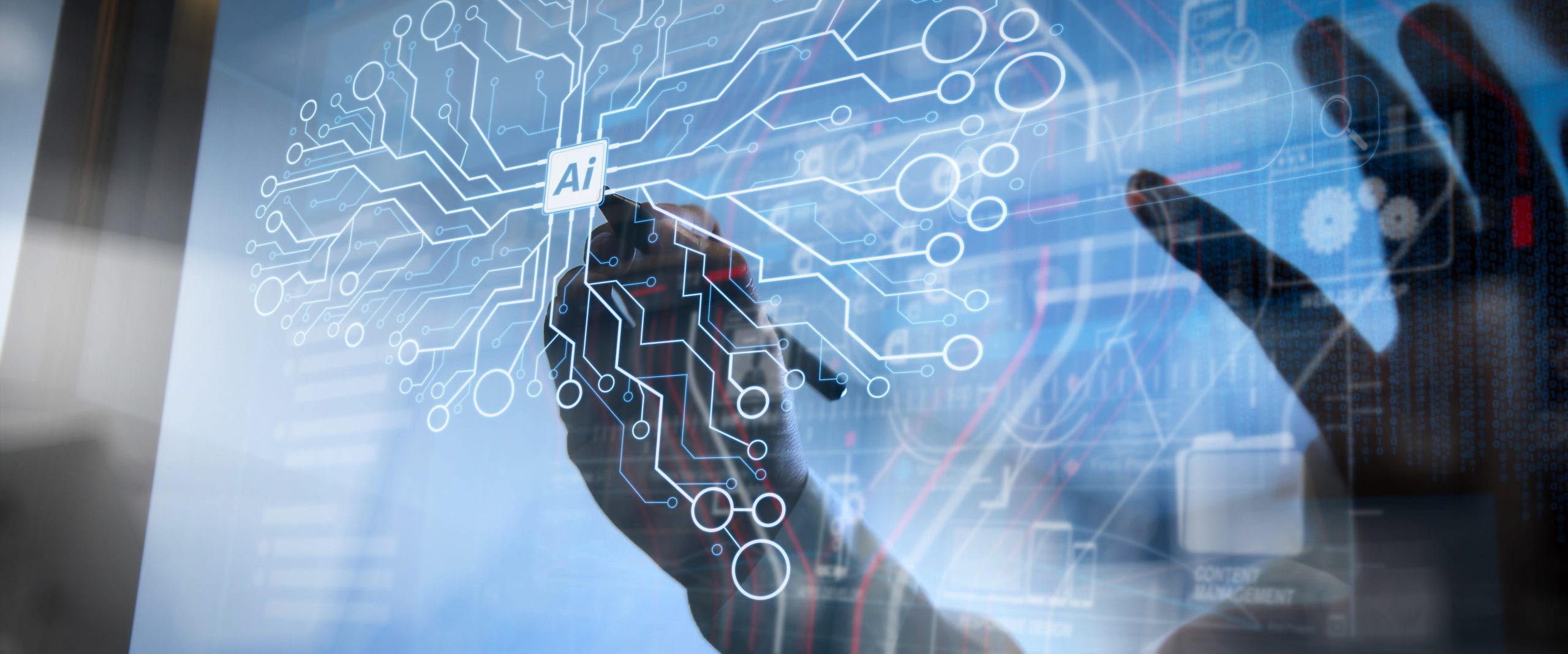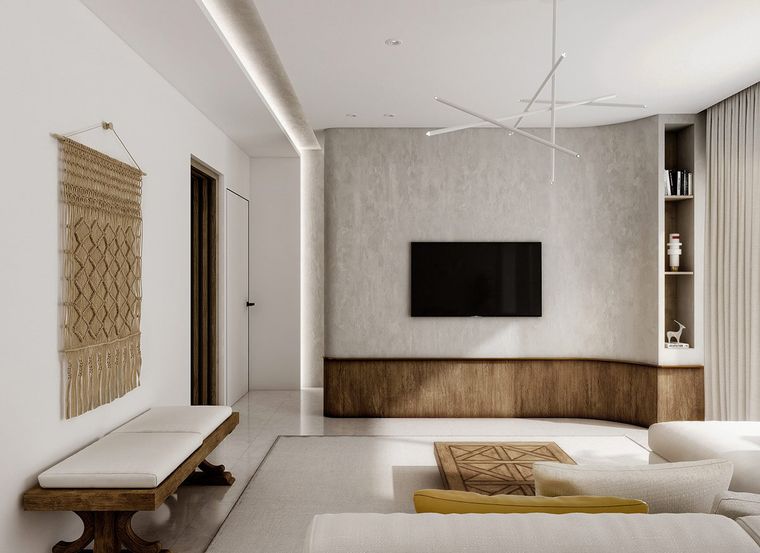Table of Content
The whole sector needs to be aware of the opportunities available and be on-board with and implement these new technologies, as they could be the key to solving the challenges that the industry faces. These innovations are transforming the way in which care is delivered, which in turn will alleviate the pressure on carers and families alike. Nilsen listed other kinds of trials—optimization trials, adaptive trials, and continuously evolving trials—that can be considered for the evaluation of technology. Moreover, ways to shorten the amount of time required for traditional randomized trials may exist. NIH is working on speeding up subject recruitment, for example, as well as shortening the time needed to obtain outcomes. Active technologies can generate alerts and reminders, aid with the location of lost objects, or dispense medications.
Kaushal's organization tries to create those links within the company, as well as outside the company with the families, payers, external clinicians, and referral sources that it deals with every day. In the past decade, technology has increasingly been implemented in healthcare sectors. To benefit from technology, you don’t necessarily need to start downloading the most recent health apps in favour of the most recent digital care service. You can integrate technology into your care organisation by taking a few straightforward yet efficient measures. Hospitals and clinics allow patients to virtually video chat with a doctor or nurse to describe their symptoms or show doctors things like rashes or bumps.
The Future of Home Health Care: Workshop Summary.
The study demonstrated the positive effects of telehealth on hospitalization rates and patient satisfaction and reduced 30-day hospital readmission rates to about half the national average (12.6 percent versus 24 percent nationally). Computing is pervasive and ubiquitous, it is wearable, and it is used in every aspect of our lives, said Demiris. Advances in computing and information technology are also affecting home health care. For example, Demiris noted that a MEDLINE search for papers on the use of technology in home health care published in 2003 found 556 papers; a decade later, the number was 1,390. Finally, not just the field of technology for home health care but also the evidence that goes with it have continued to grow, he said.

Studies that survey users about the acceptability of technologies may produce high levels of satisfaction, but Demiris believes that acceptance is more complex than that. For example, obtrusiveness is a broader concept than whether a system is active or passive. A technology may have undesirable features that are too psychologically or physically prominent. The challenge of obtrusiveness is not only people's perceptions about what may happen to information about them but also the issue of function and how the equipment works, that is, whether it makes annoying noises or requires a lot of maintenance.
Core governance activities: Risk management and information governance
They are also benefiting employees, who are able to use mHealth apps to monitor residents’ health and medical records. Present across numerous care homes across the UK, smartphones and tablets are a lifeline for residents to keep in touch with loved ones, as well as acting as a form of entertainment. The implementation of thermostats in resident rooms mean that individual needs can be catered to.

As more of the population ages, as life expectancy increases, and as the nursing shortage continues, these new medical technologies are crucial for continued patient care and the healthcare system at large. New medical technologies can make life easier for medical professionals and patients alike. Certain technologies can make patient care easier and more efficient for the doctors and nurses who manage a large patient load. They can also assist patients in getting the care they need with more convenient and accessible options.
How is technology impacting the future of care homes?
The result of this, is tasks that would have taken hours now take minutes, turning attention away from administrative tasks, towards patient care. For the long term, the health care system will need both more personalized technology and evidence-based, generalizable solutions that can be adapted to individual needs, Nilsen said. These patient management improvements assist physicians with both the coordination of care and the communication of health care problems and in the long run can save clinicians' time through improved coordination and collaboration, Kaushal said. For hospitals, they can reinforce the discharge plan, allow the hospital to recognize key indicators for readmission, contribute to the stabilization of patients after hospitalization, and generally support care transitions.
This helps patients with a quick diagnosis without leaving the comfort of their own home. They can find out if they need to come in for further testing or diagnosis, get a prescription for medicine, or get medical advice. Electronic Health Records allow nursing experts to document care provided to patients and retrieve information that can help prioritize care. Additionally, information entered into computer systems can then be accessed by the care team, including doctors and even patients themselves when necessary.
While technological advancements aren’t a cure-all as healthcare solutions, new technology is changing the way nurses work in positive ways. ‘The provision of assistive technology products and services for people with dementia in the United Kingdom’,Dementia, . Assistive technology can be used to help residents with disabilities or mobility issues to live more independently in care homes. This technology is designed to assist individuals with specific needs, such as those who are visually or hearing impaired or have difficulty with mobility.

Quick communication in messaging apps can be important in care homes, allowing residents to easily stay in touch with their loved ones and care staff. There are various ways in which technology can be utilized to improve the care and support provided to residents in these settings. Technology in care homes is undoubtedly an exciting development, and it’s clear to see the benefits it has brought the industry in such a short space of time.
Robotics are perhaps the most exciting piece of technology to currently exist in the care industry, and are already helping both employees and residents of care homes. Nest and Hive are just two examples of thermostat technology installed in care homes across the country. Used in both communal areas and individual rooms, caregivers are easily able to ensure that areas are heated adequately and temperatures are regulated, to ensure both residents and staff are comfortable. There are aspects of Artificial Intelligence that have been introduced into care homes across the UK, allowing for the monitoring of patients to predict the need for early intervention. This particular technology will allow for an extended ecosystem; making the delivery of 24/7 care a possibility. Technology can be helpful to teams of caregivers—physicians, nurses, therapists, social workers, and others, all of whom are delivering some aspect of care—by creating vital links that facilitate communication, coordination, and improved collaboration.

Multi-sensory equipment and tactile stimulation tools such as life-like animals, help residents feel safer in their environment, whilst aiding with recollection. Dementia research and care have drastically improved over the last few years, as we’ve grown to understand how to care for dementia residents, and the most effective methods. Usability and interface design are important considerations, especially for older adults, and technology designs need to be tested with these populations, Demiris said.
Then there are the organisational benefits which might include better targeting of human resource, support communication across teams, support compliance and safeguarding through effective monitoring and reporting. The picture in other areas may well be different, but for here, and for now, at least we seem to be lagging as we found a fairly limited take up. However, the potential use of technology in dementia care has been gathering pace, as new technologies emerge onto the market.

No comments:
Post a Comment